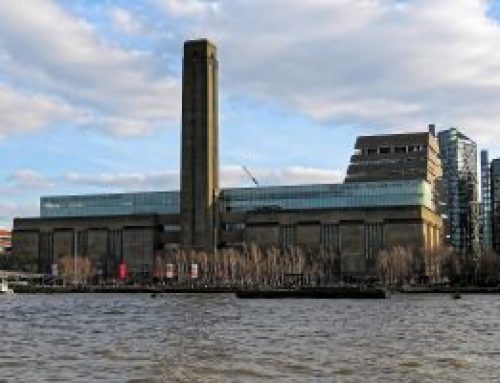
With the original 2007 Labour target for 240,000 houses a year and a growing economy, an increase in the will and investment to build or develop both residential and commercial property has increased notably. In 2012 attempts were made by the government to try to reduce and simplify the existing planning system with the introduction of the National Planning Policy Framework (“NPPF”).
The NPPF came into force in England in March 2012 and specifically set out green belt policies, including Paragraph 79 which states that the “fundamental aim of Green Belt policy is to prevent urban sprawl by keeping land permanently open; the essential characteristics of Green Belts are their openness and their permanence.”
The increased drive for development and wish to preserve green belt has led to predictable disputes regarding development and the Council’s rights to refuse or approve them. The recent Court of Appeal case of R (Lee Valley Regional Park Authority) v Epping Forest District Council and another [2016] EWCA Civ 404 addressed the effect of the NPPF green belt policy in respect of agricultural structures.
The Court of Appeal upheld the High Court’s decision and dismissed the claim in opposition to the planning permission. They explained that sections of the policy were not to be read in isolation, but as a part of the policy as a whole; furthermore, paragraph 89 recognised that buildings for agriculture and forestry may need to be built within the green belt.
This marks one of the multitudes of disputes that arise from the increase in housing which also include disputes regarding contracts or funding for construction projects, main and sub-contractor issues, land and boundary disputes, etc.
If you require advice about any property and/or land disputes, please feel free to contact our team at Griffin Law.


